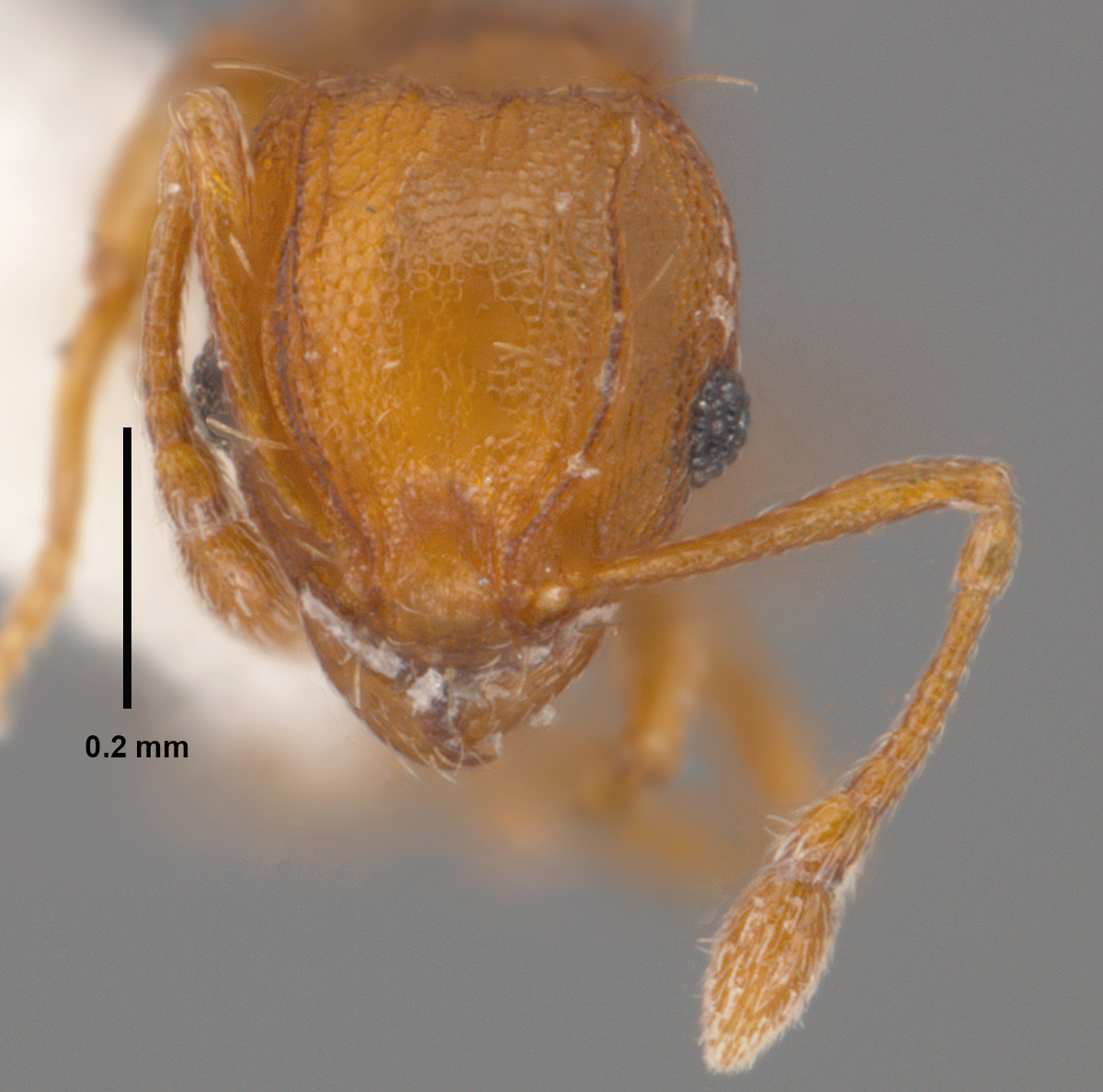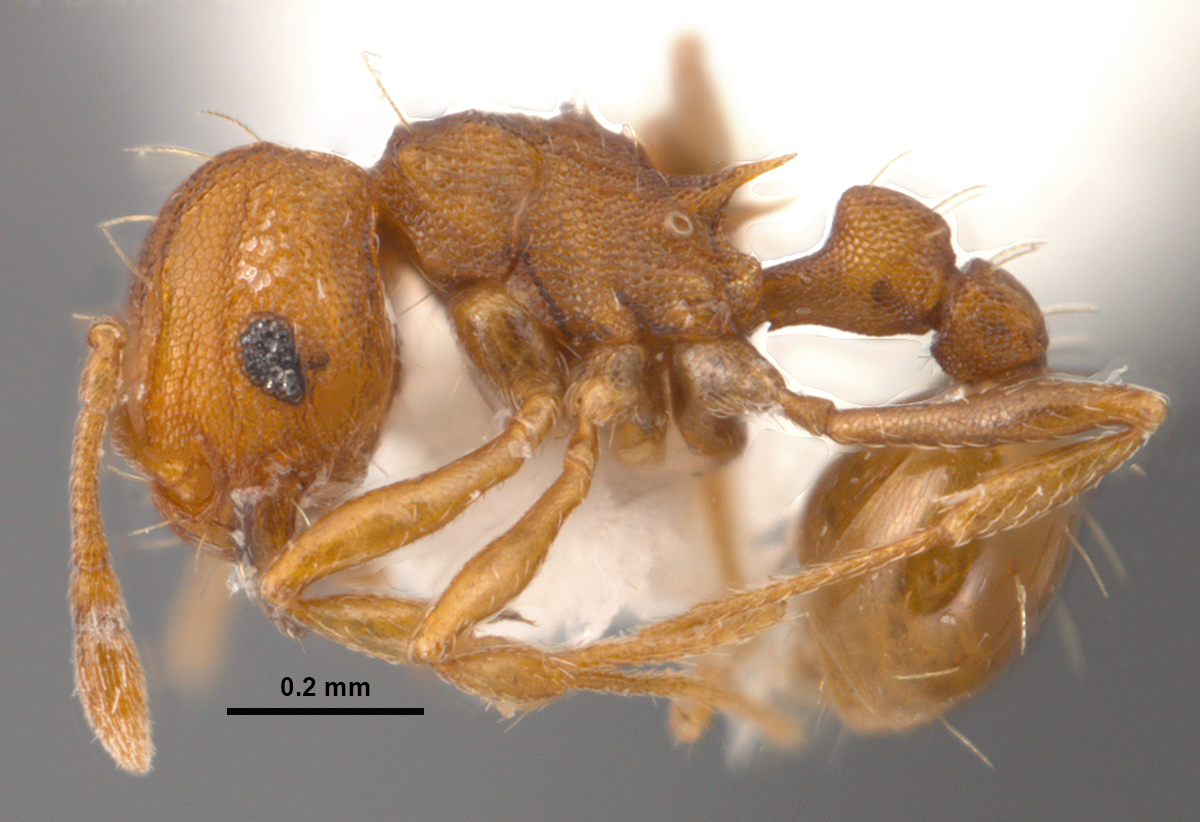Introduction
Taxonomic History
Taxonomic history
Identification
Worker:
Queen:
Male:
Biology and Economic Importance
Distribution
Native Range:
Afrotropical Region: Africa, Cameroon, Gabon, Middle Africa, Ngounié, Sao Tome and Principe, Sierra Leone, São Tomé
Australasia Region: Australia, Australia and New Zealand, Guadalcanal, New Caledonia, Nord, Oceania, Queensland, Solomon Islands, Vanuatu
Nearctic Region: California, Canada, Florida, North America, Puebla, United States
Neotropical Region: Alajuela, Amazonas, Americas, Antigua and Barbuda, Aragua, Argentina, Aruba, Atlántida, Bahamas, Barbados, Barinas, Belize, Bermuda, Boaco, Bolivia, Brazil, Camagüey, Caribbean, Cartago, Cauca, Ceará, Central, Central America, Chiapas, Chontales, Cibao Nordeste, Cienfuegos, Cochabamba, Coclé, Colombia, Colón, Comayagua, Costa Caribe Norte, Costa Caribe Sur, Costa Rica, Cuba, Córdoba, Darién, Demerara-Mahaica, Dominica, Dominican Republic, Duarte, Ecuador, El Progreso, French Guiana, Galapagos Islands, Galápagos, Gracias a Dios, Granada, Granma, Guadeloupe, Guanacaste, Guantánamo, Guatemala, Guyana, Haiti, Heredia, Holguín, Honduras, Huehuetenango, Islas de la Bahía, Izabal, Jalapa, Jalisco, Jamaica, Jinotega, La Guajira, La Vega, Limón, Madre de Dios, Magdalena, Martinique, María Trinidad Sánchez, Masaya, Matagalpa, Mato Grosso do Sul, Meta, Mexico, Minas Gerais, Monseñor Nouel, Nacional, Nicaragua, Nueva Segovia, Oaxaca, Ocotepeque, Olancho, Panama, Panamá, Paraguay, Peru, Petén, Pinar del Río, Potaro-Siparuni, Puerto Rico, Puntarenas, Retalhuleu, Rio Grande do Sul, Saint Lucia, Saint Vincent and the Grenadines, San Cristóbal, San José, Santa Rosa, Santiago de Cuba, South America, Suchitepéquez, Uruguay, Venezuela, Veracruz, Westmoreland, Yucatán, Zacapa
Oceania Region: French Polynesia, Hawaii, Melanesia, Micronesia
Palearctic Region: Europe, Israel, Italy, Southern Europe, Spain
U.S. Distribution: (AntWbe.org and MEM).
Southeastern U.S. Distribution: (MEM).
Acknowledgments
Thanks to Ryan J. Whitehouse for help with measuring specimens, comments on descriptions, photography of some specimens, and proofreading. Funding for the ant work being done by the MEM in Alabama and Mississippi is from several sources including the National Institute of Food and Agriculture, United States Department of Agriculture, under Project No. MIS-012040, the Mississippi Agricultural and Forestry Experiment Station at Mississippi State University, with support from State Project MIS-311080, NSF Grants BSR-9024810 and DFB-9200856, the Tombigbee National Forest (U.S. Forest Service), the Noxubee Wildlife Refuge, Mississippi Natural Heritage Program Research Grant, USDA Forest Service Agreement No. 08-99-07-CCS-010, the William H. Cross Expedition Fund, and primarily by the USDA-ARS Areawide Management of Imported Fire Ant Project (2001-2014) and USDA-ARS Areawide Management Invasive Ants Project. Additionally, special cooperation has been provided by State Parks, National Forests, National Wildlife Refuges, the Natchez Trace Parkway, and from various private landowners in both Alabama and Mississippi.
Literature Cited
Links
AntCat
AntWeb
AntWiki




